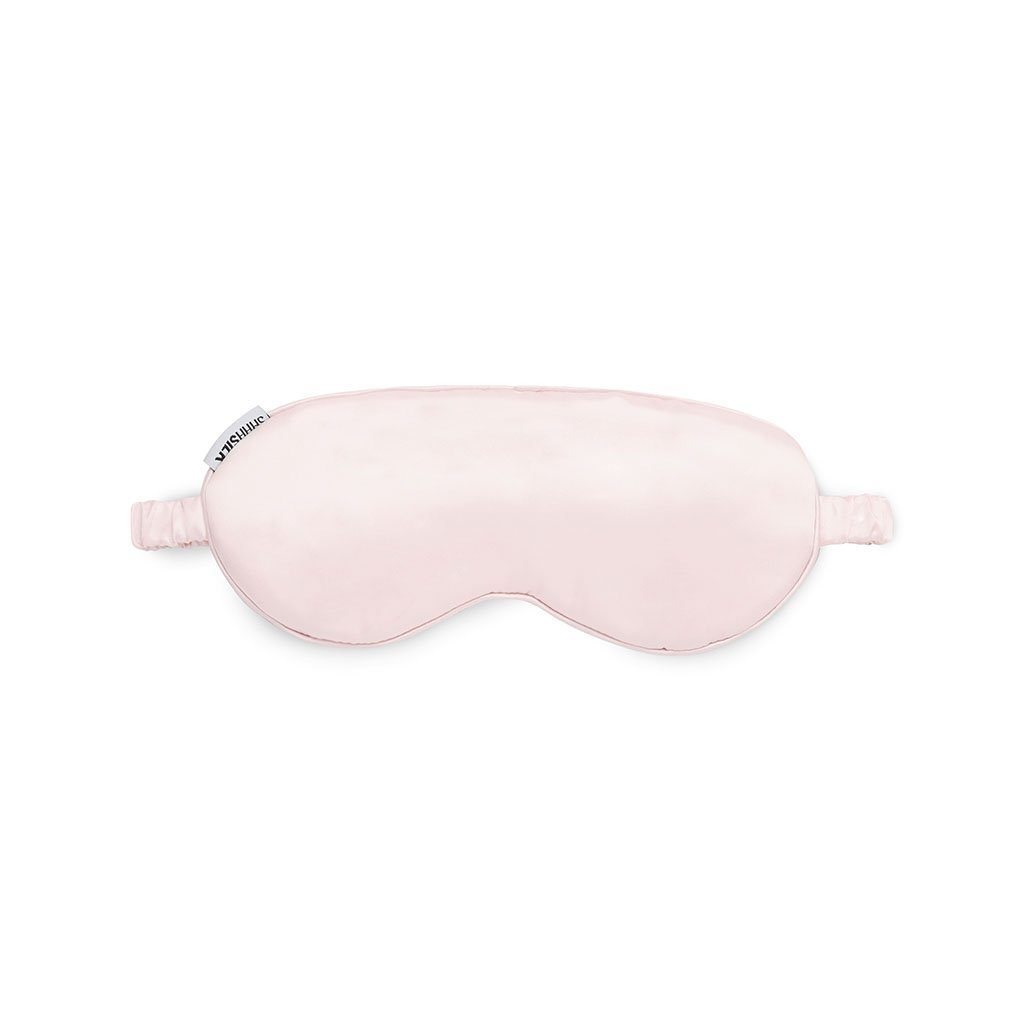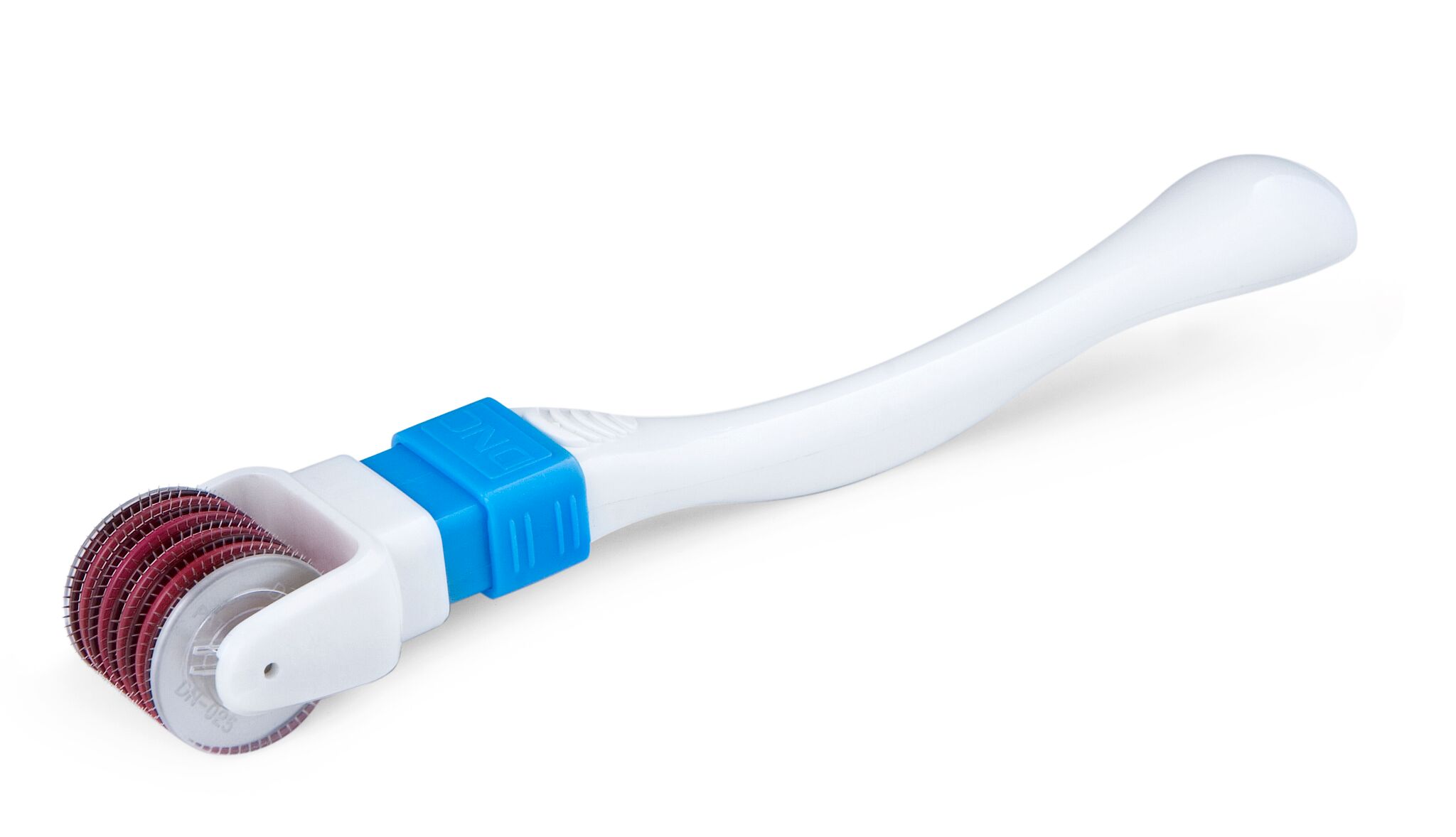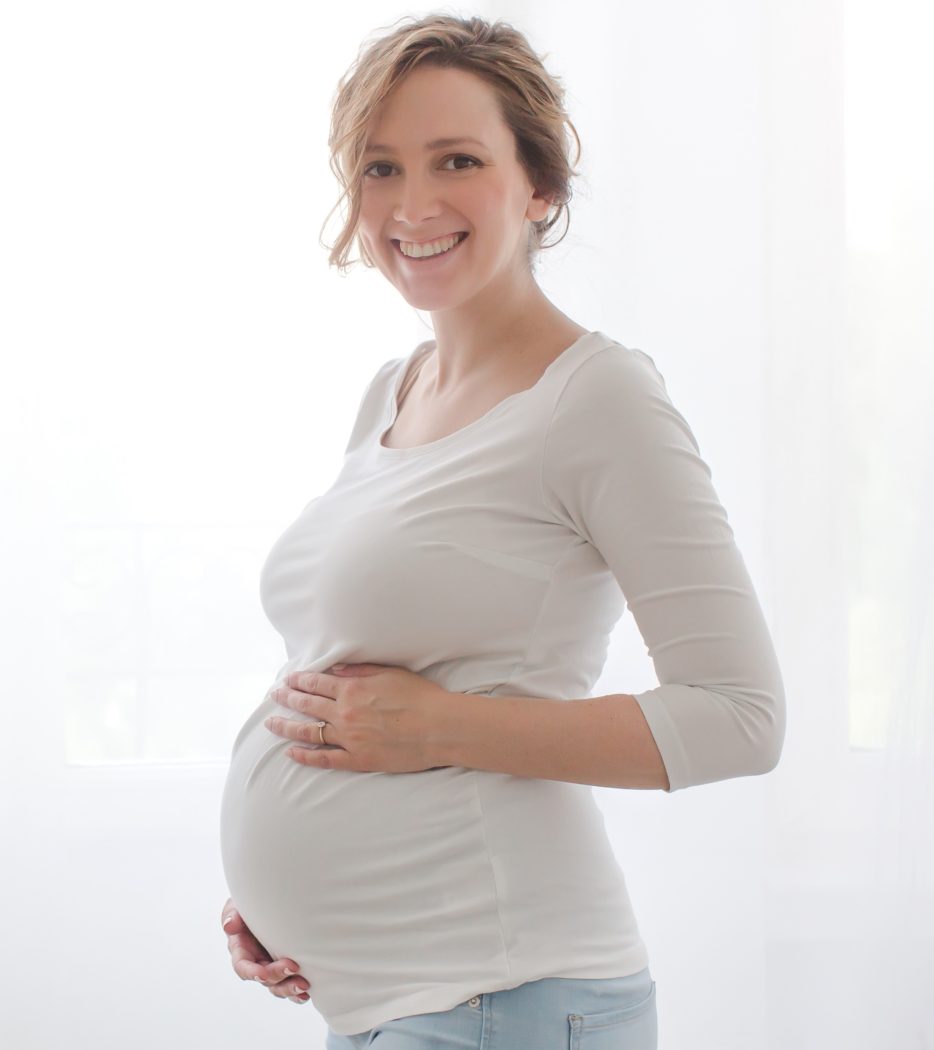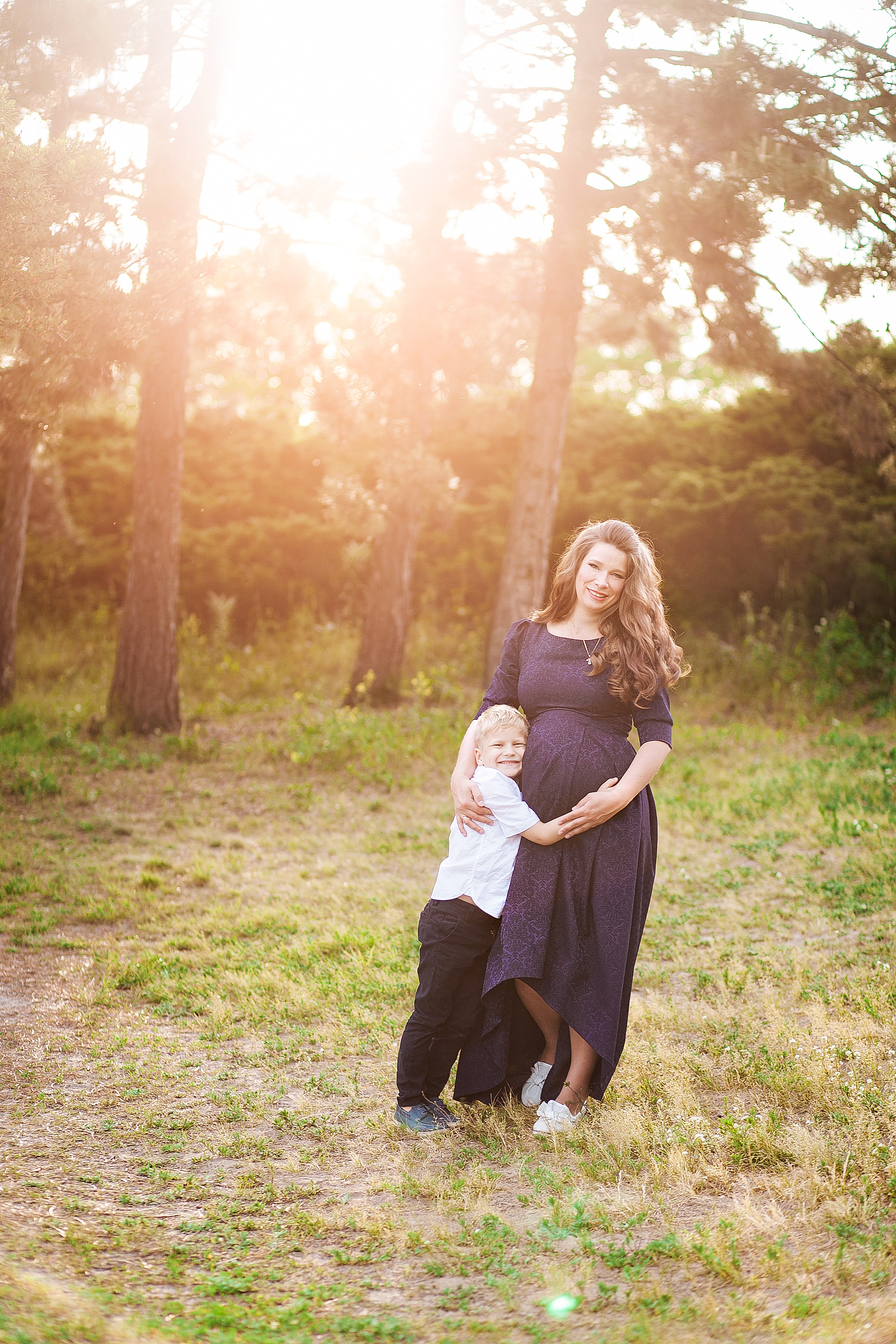Choosing where to give birth is one of the biggest decisions you will make during your pregnancy. Whether you are contemplating public or private care, there are several important factors, as well as possible alternatives, to consider when choosing the best maternity care option for you and your family.
Finding out you are going to be a parent is a very exciting time, but making decisions about the right maternity care for you and your new baby can be a bit overwhelming. We take a look at some of the maternity care options available.
Private Care
If you have maternity care included in your private health package, you may wish to choose private care for you and your baby. If you receive care through the private system, you choose a private obstetrician, who will care for you from your antenatal appointments, right through to the birth and postnatal check-up.
Dr Stephen Lane, president of the National Association of Specialist Obstetricians and Gynaecologists (NASOG), says in the private system, the baby is delivered by very experienced caregivers, with obstetricians going through six or more years of specialist training, on top of their five or six-year medical degree.
He says the most common reason many people choose to have a private obstetrician is continuity of care.

Dr Lane says some considerations expectant parents think about when choosing an obstetrician include:
✪ Gender (for some women, choosing a female obstetrician is important)
✪ Location (“Is there a suitable carpark that is accessible? Are the rooms easy to get to? I think these things are important to consider,” says Dr Lane)
✪ The obstetrician’s desk staff (“If the desk staff are friendly and approachable that is a good sign,” Dr Lane says. “It gives a good feel that they are a mirror of the person you will be seeing.”)
✪ Cost (Dr Lane says the majority of obstetricians and gynaecologists in Australia charge well below the Australian Medical Association’s rates, with the average out-of-pocket cost for delivering a baby throughout Australia around $2000).
Note: Ask about your chosen obstetrician’s fee schedule and check with your health cover provider to find out exactly what is covered so you can be prepared for any out-of-pocket expenses.
“Australia is recognised as one of the safest countries in the world to have a baby, and this is a reflection of the world class education our specialist obstetricians and gynaecologists undertake, with many completing more than 12 years of study and training,” he says. “NASOG believes that the care provided by specialist obstetricians and gynaecologists is worth every cent to the patients who enjoy improved health outcomes as a result of our professional care.”

Katie Lavercombe says she chose a private hospital because she wanted to be able to access any pain relief that she wanted during childbirth and was afraid her wishes might not be respected at a public hospital.
“I loved giving birth at a private hospital, the care was great, it was never too busy, and the staff were attentive,” she says. “We loved being able to stay together as a couple and have time to bond with each new baby.”
Katie is currently pregnant with her fourth child and does not have the right level of cover to choose a private hospital this time, so is receiving care through the public system.
“We are utilising the public system, and while it is full of hard working doctors and midwives, there are long wait times at each appointment, meaning a large chunk of my time is taken up by waiting for medical appointments,” she says.

Crystal Henderson decided to have her daughter at a public hospital because her GP recommended it. “We had planned to go Private, but when he recommended it, along with many of our friends, who shared their very positive birth stories after giving birth in public hospitals, we thought we should at least look at it,” she says. “When we went to the public hospital, and they took us through the rooms and birth suites, we were blown away.”
Ms Henderson says she was very happy with the care she received. “There (were) some minor complications during the labour and I needed extra medical assistance, however I felt very safe, in control and informed of everything the whole time,” she says
Shared Antenatal Care
If you have a great relationship with your trusted family GP, then shared antenatal care might be an option to consider. In a nutshell, antenatal shared care involves a woman’s appointments being shared between maternity care providers (usually GPs, midwives and obstetricians), and is most commonly between a GP and maternity staff in a public hospital.
Dr Wendy Burton, chair of The Royal Australian College of General Practitioners’ antenatal/postnatal care specific interest group, says women choose to have shared antenatal care with their GP for a number of reasons.
“They may have a good relationship with their GP and are confident that they will be well taken care of,” she says. “The GP’s rooms may be closer or more convenient than the hospital/obstetrician or GPs may work extended hours, making appointments easier to plan around work commitments.

“Antenatal shared care involves a woman’s appointments being shared between maternity care providers – usually GPs, midwives and obstetricians.”
“The best models of shared antenatal care involve a collaborative team effort with well-informed GPs communicating effectively and efficiently with the other providers of care,” she adds. “If your usual GP is not up-to-date with current best practice for antenatal care, they may be able to recommend another GP who is better placed to provide care for you.
Work is currently underway to create digital records and an app for women, which will give additional options for the sharing of the pregnancy health record.”
Your Support
Who will be your support person when you welcome your baby into the world?
Many women will choose a partner, family member (such as their Mum) or a close friend to be their support person. However, there are some options to consider.
For example, a midwifery student is a good choice. They will attend antenatal appointments with you and, if you consent, can also attend the birth.
Another support option is a doula (a professional, non-medical birth and/or postnatal companion who is able to provide continuity of care, and emotional and physical support during pregnancy, birth and the postpartum period).

Michelle Perkins, chairperson of Australian Doulas, says many women hire a doula after experiencing a negative or traumatic previous birth experience.
“Some hire a doula to help them understand the maternity/obstetric systems. Some hire a doula to provide emotional and physical support if they do not have a partner, or if they believe their partner may also need support and guidance.”
Home Birth
Do you want to have your baby at home?
Grace Sweeney, coordinator at Homebirth Australia, says a woman who chooses to birth at home is guaranteed to receive continuity of care from a known midwife.
Ms Sweeney says the most important thing that a woman considering homebirth needs to do is to seek out a midwife as soon as possible.
“Nearly a decade of a sustained witch hunt against homebirth midwives has meant that midwives in private practice are scarce, and book out early,” she says. “It’s worth doing research on midwives in your area before you’re pregnant and making a booking as soon as your pregnancy is confirmed.”
Dr Lane says NASOG does not support home births in Australia.

Sarah Purvey decided she wanted a homebirth for her first child. “I had two private midwives,” Sarah says, when asked about her care. “A primary midwife came to my house regularly in pregnancy, so I built a very close relationship with her in that time and all the options for tests and injections were managed by her, with my consent and our discussions about them first. My primary midwife was there during the birth and then I had a second midwife attend shortly before my babies were born. For my first birth, I was also supported by a private obstetrician. I saw her a few times during pregnancy and she was open to supporting me, if I needed to transfer to hospital, if I needed more medical support from home.”
She says her experiences were wonderful and empowering.
“My first birth was very tough, long and in the end, I did transfer to the private hospital with my obstetrician, as I had a long second stage. In the end, I had an episiotomy, which couldn’t be done at home. This was handled beautifully by my midwives and by my obstetrician. I spent about 30 minutes continuing to labour in the private hospital, once I arrived, then we all discussed the option to do an episiotomy. I consented and this was done well. I felt wonderful when my baby arrived, despite 18 hours of active labour and a previous night of no labour.”
“Second time was much easier – four hours of active labour and my baby was born in to the water, straight into my arms and onto my chest.”

























